TTC video – Science of Self
$254.95 Original price was: $254.95.$62.00Current price is: $62.00.
Digital Download: You will receive a download link via your order email after successful payment.
Format: [25 MP4,1 eBook – scan] | 2.118 GB
Some of the most profound secrets about what it means to be human are now being revealed, thanks to the amazing tools of biotechnology. The Human Genome Project, completed in 2003, opened the book on the genetic instructions that go into making a human. Now other species are being studied at the same level of detail, providing astonishing insights into the whole range of life on Earth.
Armed with these and other findings, scientists are beginning to address age-old mysteries, including these:
- What is the difference between living organisms and nonliving things?
- How does DNA instruct a single-cell embryo to create a body with a brain that produces a self-conscious mind?
- What makes us human? Our minds, genes, appearance, or something else?
- Is the human species at the end of an evolutionary line, or will it evolve into something entirely different?
In 24 thought-provoking lectures designed for nonscientists, The Science of Self explores these and many other questions in today’s exciting field of genomics, the study of the vast storehouse of information contained within chromosomes.
Your professor is Princeton University biologist Lee M. Silver, an acclaimed teacher, scientist, and author of popular books on biotechnology, genetics, and its impact on society. As a participant in the ongoing revolution in biology for the past three decades, Professor Silver has seen his field radically transformed. Even so, he says that he and his colleagues are astonished by the pace of discoveries in recent years and by how much has been learned about the human condition from studying the basic ingredients in genes. “We’re teasing out all of the secrets,” he marvels.
Enlivened by Dr. Silver’s clear and enthusiastic presentation, The Science of Self is an unrivaled opportunity to investigate this dramatic new picture of our past, present, and future as a species.
DNA: Your Genetic “Hard Drive”
Professor Silver begins by surveying the history of ideas about life and inheritance, from Aristotle’s remarkably prescient scientific model of life to Darwin’s theory of natural selection, Mendel’s laws of heredity, and Watson and Crick’s discovery that the molecule DNA encodes genetic information in an elegantly simple way. In one of his many vivid analogies, Professor Silver compares genetic information to music files purchased over the Internet. The music is not a material substance; it’s simply a string of numbers copied to the hard drive of a computer. Similarly, the only thing that survives through the generations of life is immaterial genetic information, copied to the cellular equivalent of a hard drive, the DNA in the chromosomes and their constituent genes inside the cell nucleus.
Cracking the Code
Equipped with this powerful understanding of heredity as information, you peer into the human genome to read its code, compare it with the genomes of other species, and trace how information is translated into individual humans with all of our rich diversity. In a riveting example of the details hidden in our genes, Dr. Silver recounts the results of genetic profiling recently done on his own DNA:
- The analysis shows that Dr. Silver has a relatively common allele, or mutation, that leads to a dopamine deficiency in one part of the brain—a trait associated with risk taking, which may explain his love of travel.
- His maternal line can be traced back 35,000 years to Spain and the original hunter-gatherers who invaded Europe and then retreated after the onset of the last ice age.
- His paternal line emerged more recently, in the last 3,000 years, among members of a Jewish tribe in Israel that left the Middle East between 2,000 and 1,000 years ago.
- Intriguingly, Dr. Silver has DNA markers that point to a Chinese ancestor about 300 to 500 years ago, who may have been one of the innumerable descendants of Genghis Khan!
The Biotech Tool Chest
Part of the fascinating story of The Science of Self involves the technological tool chest that allows scientists to decipher the intricacies of living things. These sophisticated procedures and devices are part of the biotech revolution, and Professor Silver introduces you to some of the tools in detail, so that you can understand through graphics and his descriptions how we have arrived at our current state of knowledge. For example, you investigate the following:
- Gene sequencing: In the early 1970s a multiyear effort decoded an unprecedented 63-letter sequence of DNA. The invention of DNA sequencer machines in the 1980s allowed the decoding of the entire human genome of 3 billion letters by 2004. A few years from now, complete genomes for any individual will be sequenced as part of routine medical care.
- FISH: Standing for Fluorescence In Situ Hybridization, this technique identifies major features on chromosomes. Among its many applications, FISH has been used to compare humans and chimpanzees, showing that the chromosomes of the two species are virtually indistinguishable—except for an intriguing difference.
- DNA microarray: Built like a computer chip, this small but powerful device allows scientists to observe genes in action, something few experts thought would ever be possible. The technique can link particular genes to diseases that are quite complex, such as juvenile-onset diabetes.
- Molecular clock: The known rate at which genetic mutations occur can be used as a clock to calculate how far apart two species are in terms of evolution. The technique shows that humans and Neanderthals share a common ancestor from about 700,000 years ago, while humans and mice trace their mutual ancestor to 75 million years ago.
A Sense of Wonder
At Princeton University, Professor Silver is a member of both the Department of Molecular Biology and the Woodrow Wilson School of Public and International Affairs, straddling both the world of science and the public policy realm that is addressing the momentous implications of genomic research. Early in his career, he worked under the direction of Nobel laureate James D. Watson, a codiscoverer of the structure of DNA and later the first director of the Human Genome Project.
But beyond these impressive credentials, Professor Silver’s most important qualification as a teacher is that he has never lost his sense of wonder. “I’m still amazed by the fact that a single cell, smaller than I can see, is all that it takes to create a complete human being with a human brain,” he says at the outset of the course. Such cells are hardly different in size from the protozoa that have been swimming around the planet for more than 3 billion years, he points out. “And yet, somehow, in these cells there are DNA molecules that contain the complete genetic information required to give rise to a person who can think and who can present lectures, as I am doing.”
Watching this very timely course, you will feel the same sense of awe as you probe deeply and wondrously into The Science of Self.
Get Download TTC video – Science of Self at IMC.sale today!
Delivery Method
– After your purchase, you’ll see a View your orders link which goes to the Downloads page. Here, you can download all the files associated with your order.
– Downloads are available once your payment is confirmed, we’ll also send you a download notification email separate from any transaction notification emails you receive from IMC.sale.
– Since it is a digital copy, our suggestion is to download and save it to your hard drive. In case the link is broken for any reason, please contact us and we will resend the new download link.
– If you cannot find the download link, please don’t worry about that. We will update and notify you as soon as possible at 8:00 AM – 8:00 PM (UTC+8).
Thank You For Shopping With Us!
Be the first to review “TTC video – Science of Self” Cancel reply
Related Products
Languages & Accents
TTC VIDEO – Understanding Linguistics – The Science of Language
Everything Else
TTC VIDEO – Robinson, Daniel N. – Great Ideas Of Philosophy – 2nd Edition [61 AVI, 1 PDF]
Psychology & Body Language
TTC Video – Prof. Steve Joordens – Memory and the Human Lifespan
Languages & Accents
Food & Cooking
Medical & Health
TTC Video – Anthony A. Goodman – The Myths of Nutrition and Fitness



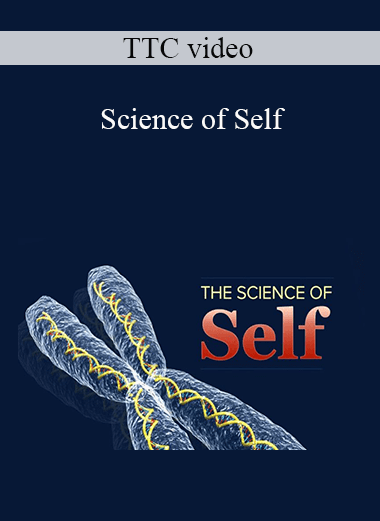
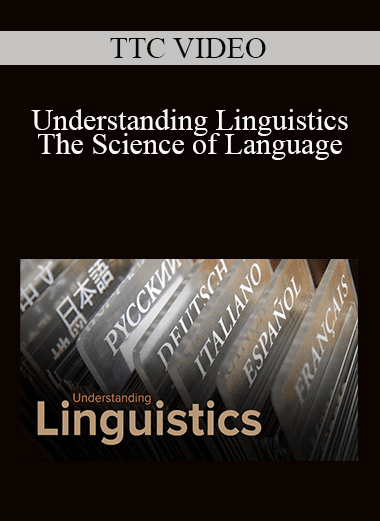


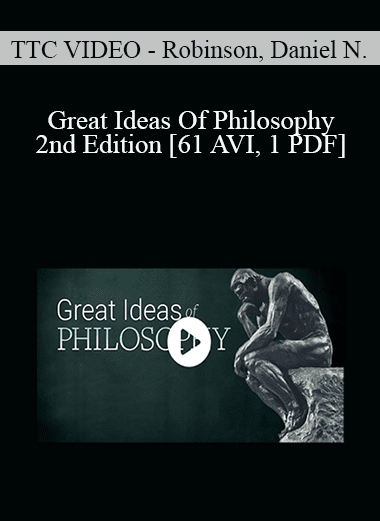
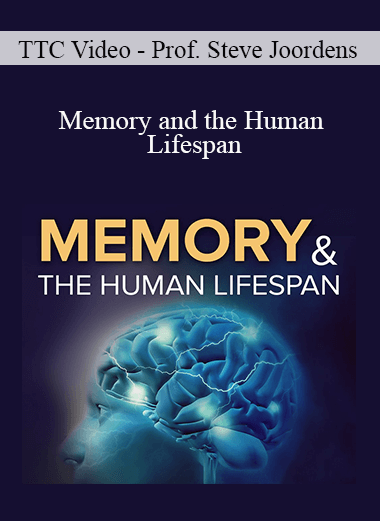
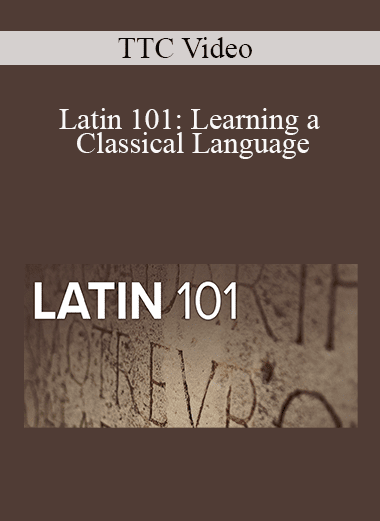

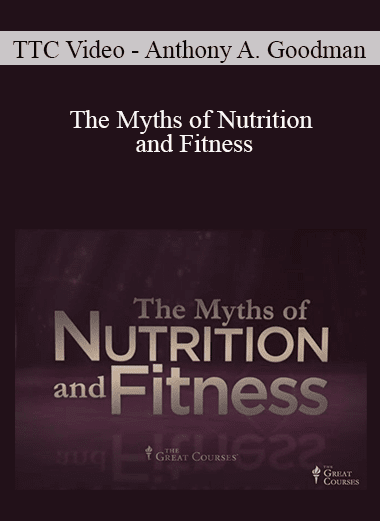
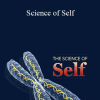
8 reviews for TTC video – Science of Self
There are no reviews yet.